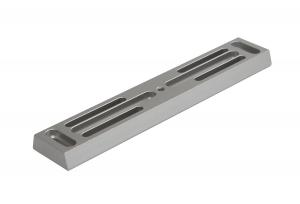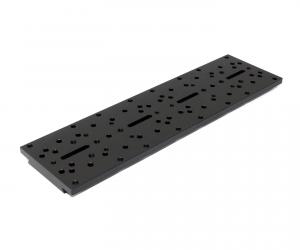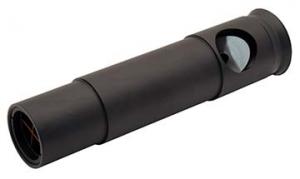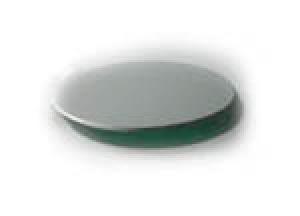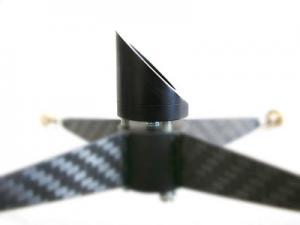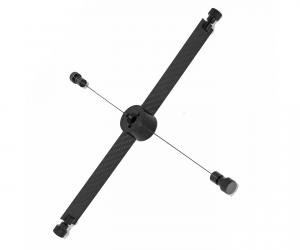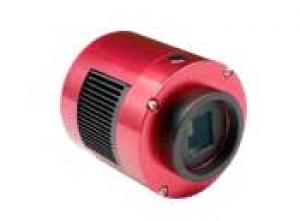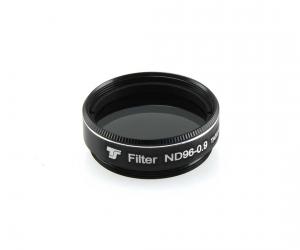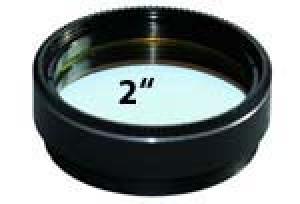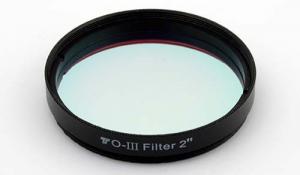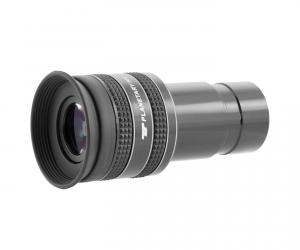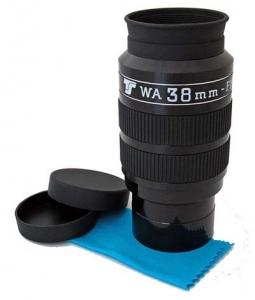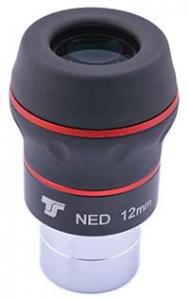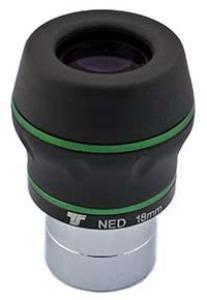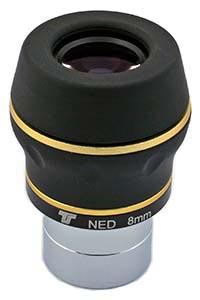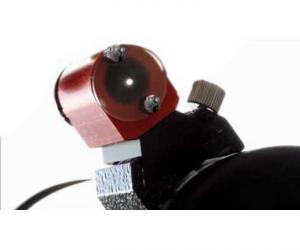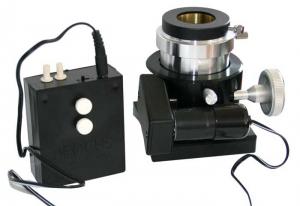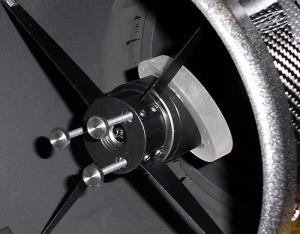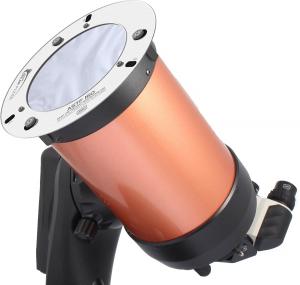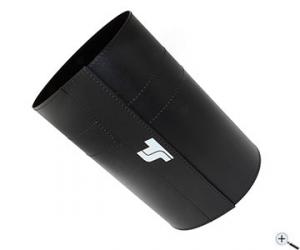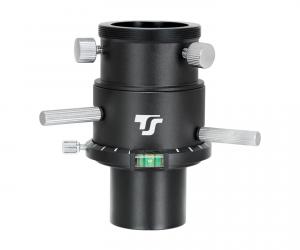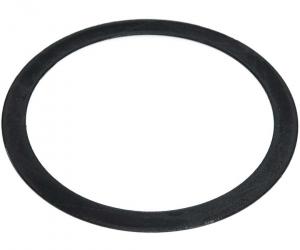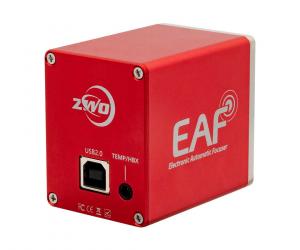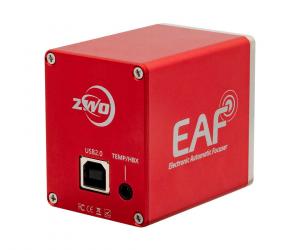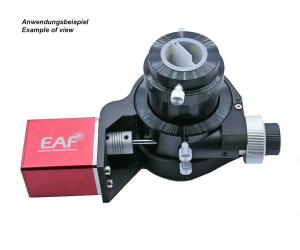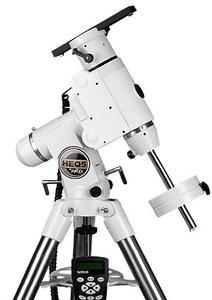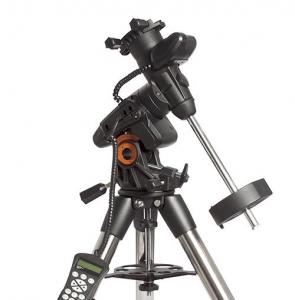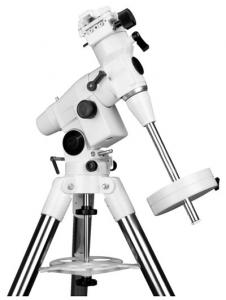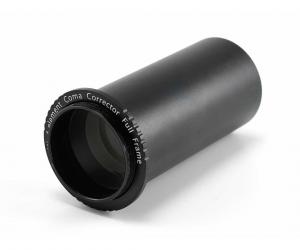- Telescopes
- Overview:
Telescopes - Achromatic Refractor
- Apochromatic Refractor
- Overview:
Apochromatic Refractor - ED Refractor - less color aberration than an achromatic
- SD APO - color free 2-element APO objective
- EDT APO - 3 element ED objective
- High End APO with 3-element APO objective - no color aberation
- Flatfield APO with flat field for Astrophotography
- All Apos and EDs from all manufacturers - large overview
- TS APO and ED from Japan with high quality optics
- Overview:
- Newtonian Telescopes
- Dobsonian Telescopes
- RC Ritchey Chretien Telescopes
- Casssegrain Telescopes
- Reflektor Telescopce with Lens Correcture
- Maksutov Cassegrain Telescopes
- GoTo Telescopes
- Solar Telescopes H-Alpha
- Overview:
- Mounts Tripods Rings Rails Power Supply ...
- Overview:
Mounts Tripods Rings Rails Power Supply ... - Mounts Equatorial with GoTo
- Mounts Equatorial without GoTo
- Mounts Azimutal with GoTo
- Mounts Azimutal without GoTo
- Mounts GoTo - Harmonic Drive
- Travel mounts for astro imaging
- Tripods Piers Polar Wedges
- Mount Control & Electronics
- Dovetail Clamps, Plates and Mount Adapters
- Tube Rings
- Power Supply
- Counterweights Balance Weights
- Mount Accessories - Other
- Overview:
- Telescope Accessories
- Overview:
Telescope Accessories - Eyepieces
- Barlows & Reducer Lenses
- Diagonal Mirrors and Prisms
- Binocular Viewers
- Finder Scopes
- Telescope Collimation and Test
- Cleaning Tools
- Transport and Storage
- Dust protection for Telescopes & Accessories
- Stray Light Protection
- Dewcaps and Heater
- Focusers, Adapters, Motorfocus
- Telescope DIY & Improvement
- Other telescope accessories
- Replacement Parts
- Overview:
- Filters
- Overview:
Filters - Color Filters and Color Filtersets
- Nebular Filters for Visual Observing
- Neutral-Density and Polfilter
- Photo Narrowband Nebular Filters
- Photo Broadband Filters
- Photo Planetary Filters
- Photo R-G-B and IR Cut Filters
- Photo - Filtersets
- Photometric Filters
- Clip Filter for DSLR Cameras
- Filter Wheels and Filterslider
- Solar Filters for white light
- Solarfilter for H-Alpha and Calcium
- Overview:
- Adaptors
- Overview:
Adaptors - Adapter 1,25" and 24,5mm
- Adapter 2"
- Adapter T2 - M42x0.75
- Adapter M48x0,75
- Adapter M54
- Adapter SC
- Adapter M63
- Adapter M68
- Adapter to other Threads
- Adapter Extensions
- Adapter camera bayonet
- Adapter Objective Filterthread
- Adapter Quick Changing , Rotation
- Adapter Eyepiece Projection
- Adapters Tilting
- Overview:
- Astrophotography and Photography
- Overview:
Astrophotography and Photography - Cooled Cameras
- Cameras without Cooling
- Deep-Sky Cameras uncooled
- Set-Offers Camera, Filter, Wheels
- Acessories for Cameras
- Travel mounts for astro imaging
- Imaging Correctors for Telescopes
- Autoguiding Cameras & Sets
- Everything for Guiding
- Focusing aids - Bahtinov mascs
- Flat Field foils and boxes
- Lenses for Cameras
- Piggyback Camera Holder
- Camera Bags, Photocases & more
- Digital Camera and Smartphone Adapter
- Other photo accessories
- Overview:
- Binoculars, Spotting Scopes, Microscopes, Range Finders
- Overview:
Binoculars, Spotting Scopes, Microscopes, Range Finders - Roof Prism Binoculars
- Binoculars with Porro prisms
- Binoculars from 100mm Aperture
- Binoculars with 1,25 inch eyepieces
- TSMX APO Binoculars
- Binoculars for Astronomy
- Binoculars Hiking Bird watching
- Monoculars - Opera Binoculars
- Accessories for Binoculars
- Spotting Scopes
- Range Finders
- Microscopy
- Bags for Phototripods & Binoculars
- Overview:
- Phototripods and Binomounts
- Books, Software
- Overview:
Books, Software - Books for Astronomy Beginners
- Star Charts and Planispheres
- Books about our Solar System
- Observing Tips for Amateurs
- Popular Astronomy Literature
- Teaching material
- Astrophotography books
- Telescopes, Observatories, Construction
- Calendars Yearbooks
- Software, Star Charts
- Books for Microscopers
- Books Nature and Animals
- Nature Photography TimeLapse
- Overview:
- Night Vision, Magnifiers, Weather, Domes & more
- Beginner Astronomy and Gift Ideas
- Second Hand & Special Offers
- New products
Manufacturer: -TS Teleskope
Product number: TPM8F6
EUR675.00new
EUR 675,00
incl. 19 % VAT (DE)
The VAT indicated refers to that applicable in Germany. After logging in, the VAT amount is adjusted to the applicable VAT of the stored delivery country. Therefore, the final price may vary accordingly.
excl. 45.95 € shipping costs (DE)
more details to the shipping costs ...Please log in to calculate shipping costs to your country.
rating: 5.0 of 5TS-Optics GSO Photon 8" F6 Advanced Planetary Newtonian with Quartz Primary Mirror1
- Details..
- Technical data..
- In the box..
- Reviews..
- Manufacturer infos..
- Safety informations..
TS-Photon 8" f/6 Planetary Newtonian for visual observation and planetary photography
This telescope of the PHOTON series is a TOP choice for committed observers and photographers of the moon and planets. This Newtonian is optimized for exactly that purpose and delivers best possible performance. Nebulae, star clusters and galaxies can also be observed. Enjoy pinpoint stars across the entire field of view!An uncompromising, stunning image quality, comparable to a 150 mm apo, is achieved by a hand selected primary mirror made of fused quartz and by a small secondary mirror with 50 mm diameter.
The advantages of our PHOTON series in summary:
The mirror´s material fused quartz:
Every material has its respective thermal expansion coefficient. This value determines how the mirror reacts when temperature changes. The lower this coefficient, the less the mirror reacts to these temperature changes. This means faster readiness for use and higher image quality in general.A mirror made of fused quartz has no significant thermal expansion, making it superior to most other mirror materials like Pyrex or Suprax, similar to Zerodur. We recommend mirror made of fused quartz because of its excellent surface for the contruction of high resolution Newtonian telescopes for observation of moon and planets.
Astrophotography with the TS-PHOTON 8" f/6 Newtonian:
The telescope is optimized for visual observation and for photography of moon and planets. The focus position of 40 mm is ideal planetary cameras.With astro cameras, for example from ZWO, you can get into focus without any problems. A coma corrector is not necessary up to a sensor size of about 20 mm diameter. The combination with the new ZWO ASI533MC-P and this f/6 Newtonian allows exciting deep-sky images with high resolution, without corrections. Even infrared photography is possible.
DSLR cameras on the other hand require a converter that shifts the focal plane outwards. With the photo-visual 2" Barlow lens + Foto converter TSB22 you achieve exactly that.
Introducing the TS PHOTON telescope series
A picture is worth a thousand words, a video is even more helpful - so TS made one:Collimating Newtonian telescopes made easy
Collimating a Newtonian telescope is not difficult at all, as the following video shows:Astrophotographic results obtained with this telescope on Astrobin
Here you can find some astrophotographs made with this telescope model: Link to Astrobin| Type: | Newtonian |
| Aperture: | 200 mm - 8" |
| Focal length: | 1200 mm |
| F-ratio: | f/6 |
| Primary mirror: | parabolic primary mirror - mirror material fused quartz |
| Quality of optics: | significantly better than diffraction-limited |
| Reflectivity of primary and secondary mirror: | 94% reflectivity |
| Diameter of secondary mirror: | 50 mm minor axis - 25% linear obstruction |
| Illumination: | 100% illumination - 19 mm |
| Focuser: | 2" MONORAIL focuser, dual speed, adapter to 1.25" and compression rings |
| Working distance: | 35-40 mm from 2" |
| Weight: | 10 kg with tube rings and dovetail |
| Tube dimensions: | Length 1100 mm - diameter 230 mm |
| Support surface on the bottom of the tube rings: | Flat support surface with an M6 thread |
| Support surface on the top of the tube rings: | Flat support surface with a 1/4? internal thread (tripod socket) |
Astrophotographic results obtained with this telescope on Astrobin
Here you can find some astrophotographs made with this telescope model: Link to Astrobin| Manufacturer / Importeur: | Teleskop-Service Ransburg GmbH |
| Street: | Von-Myra-Str. 8 |
| ZIP / City: | 85599 Parsdorf |
| Country: | germany |
| Telefon number: | +49 89 99228750 |
| Email: | info@teleskop-service.de |
| Website: | www.teleskop-express.de |
Safety informations: PDF Download
Recommended accessories
Accessories for mounts
TS-Optics Losmandy level dovetail barl w/ flat surfaces, 356 mm long
EUR 84,00RRP EUR 95,00you save 11.6% (EUR 11,00)
Cleaning & Collimating
Customers who bought this product also bought...
ZWO Color Astro Camera ASI 533MC-PRO cooled, Sensor D= 16 mm, 3.76 µm Pixel Size
EUR 1.199,00RRP EUR 1.390,00you save 13.7% (EUR 191,00)
Eyepiece-side accessories like Filters
TS-Optics 1.25" Grey Filter ND 09 - 13% Transmission - Neutral Density
EUR 22,87RRP EUR 24,90you save 8.2% (EUR 2,03)
Eyepieces
TS-Optics 38 mm 2" - 70° Wide Angle Eyepiece
EUR 119,00RRP EUR 169,00you save 29.6% (EUR 50,00)
Finder & Accessories
General Accessories
TS-Optics ADC Atmospheric Dispersion Corrector
EUR 154,90RRP EUR 164,00you save 5.5% (EUR 9,10)
TS-Optics Telecopes primary mirror baffle for 8" UNC and TS Photon Newtonian telescopes
EUR 44,00RRP EUR 49,00you save 10.2% (EUR 5,00)
Mounts
Celestron AVX GoTo Mount for Astronomy and Astrophotography
EUR 1.249,00RRP EUR 1.495,00you save 16.5% (EUR 246,00)
Photo Acessories
Transport & Covers
TS-Optics padded Carrying Bag XXL with internal divider, L=1210 mm
EUR 99,98RRP EUR 119,00you save 16% (EUR 19,02)
Reviews
Written by Felix Schill
on 2025-03-10
" Sehr solide Qualitaet und hervorragende Optik, mit hochwertigen Features, zu sehr gutem Preis. Gerade fuer einen Einsteiger bekommt man hier eine gute Auswahl, und es wird nicht am falschen Ende gespart - z.B. der Quartz-Spiegel und die 1:10 Monorail Fokussiermechanik sind top, deutlich besser als bei anderen Einsteiger-Teleskopen, die ich in meiner Recherche angeschaut habe. Mit 1200mm kann man Planeten gut sehen - mit entsprechenden Okularen (nicht dabei) um die 4mm, oder 7mm+2X Barlow auch relativ gross im Bildbereich, so dass man Details sehen kann. Auch einzelne Mondkrater kann man ""ranholen"", oder mit 23mm Okular den ganzen Mond geniessen. Mit einem 23mm Weitwinkel-Okular ist dank dem grossen Spiegel auch z.B. der M42 Orion-Nebel oder die Pleiaden auch aus der Stadt mit dem Auge gut und hell zu sehen. Die ASI174MC Kamera passt direkt auf den 2"" Auszug. Mit einem entsprechenden 2"" Bayonet Adapter passt auch eine Canon R7 dran. Der Fokus war bei meinem Exemplar etwas ""kurz"", aber es reichte grade noch mit der mirrorless ""DSLR"". Fuer Astrophotographie sind 1200mm vielleicht etwas zu viel, aber mit APS-Sensor passt z.B. der M42 Nebel gut ins Bild. Mit 10kg Gewicht und 1.1m Laenge ist es noch ganz gut handhabbar - ich wuerde kein groesseres Modell wollen. Die passende EQ5 Montierung mit Gegengewichten kann man grade noch die Treppe hochtragen (separat), und muss dann nur das Teleskop draussen dranschrauben. Alles in allem finde ich es ein gutes Einsteiger-Teleskop, wenn man sowohl mit eigenen Augen schauen will, als auch erste Schritte mit Planeten- als auch Deep Space Photographie wagen will (fuer Deep Space Photographie allein ist es vielleicht nicht ganz das Richtige, da waere ein F4 oder Refraktor wohl einfacher bzgl Bildbereich und Nachfuehrung). Aber wenn man erstmal nur ein Teleskop haben will statt zwei, und zum ""reinschnuppern"" sowohl Planeten als auch Galaxien und Nebel sehen moechte, ist es ein guter Mittelweg zu einem erschwinglichen Preis."
Written by Anton Kalinin
on 2021-08-28
"This telescope is truly planetary newtonian and it have completely overcome my previous SW 2001."
















